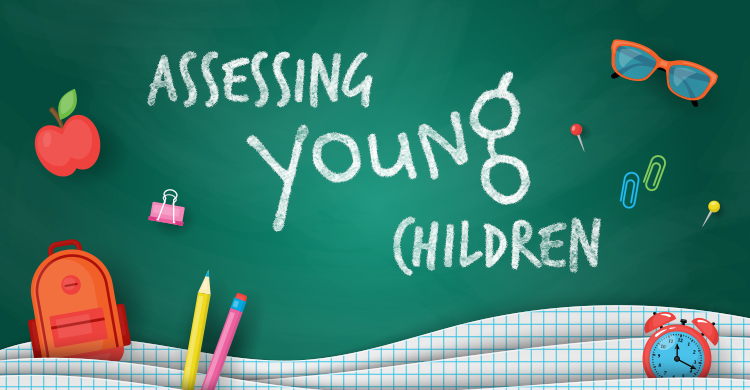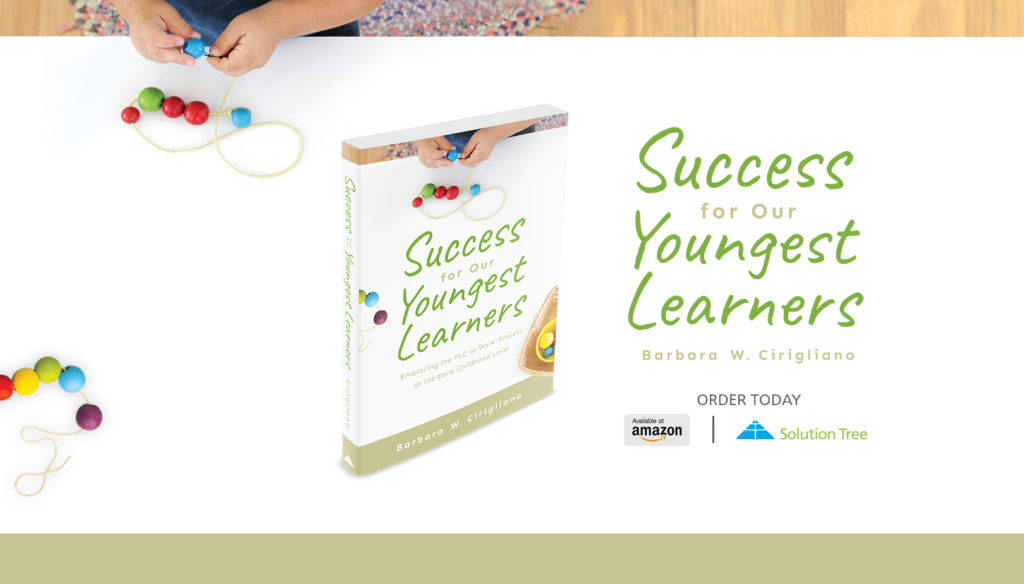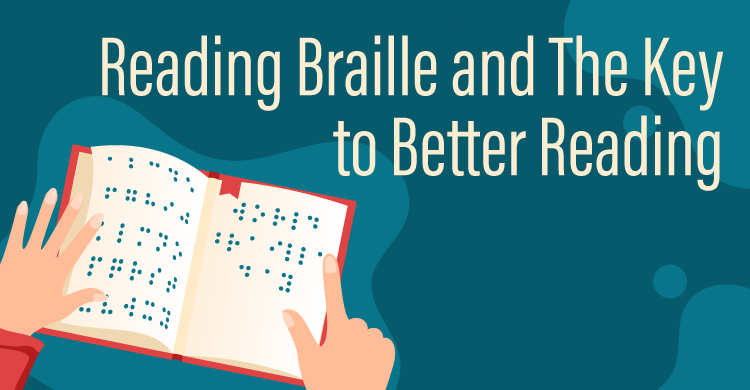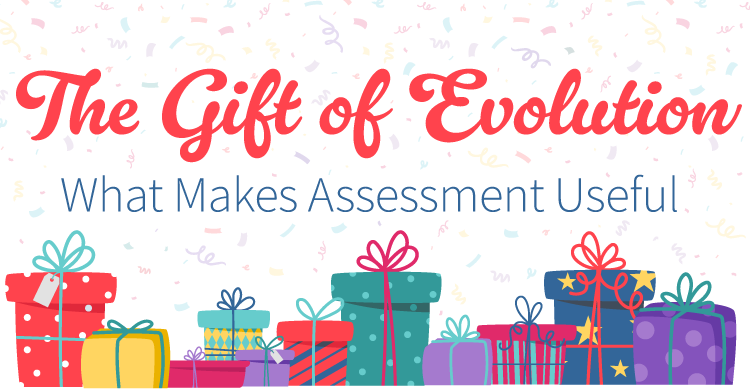Based on Success for Our Youngest Learners
“We can’t be part of a professional learning community because we can’t/don’t assess our preschoolers and we can’t/don’t collect data.”
Not true.
First of all, early childhood educators can’t, nor should they, think about assessments like a third-grade teacher does.
Standardized assessments, where examiners strictly follow instructions for test administration, pose dangers in restricting the expression of diversity, and undervaluing students’ individual needs and learning styles in early childhood settings (Gullo, 2006). Valid scores are difficult to obtain when using a standardized test with young children, as they most likely will not understand the demands of the testing situation.
It can also be difficult to accurately assess preschoolers because of their short attention span and their performance variance from day to day. You know how a child can count from one to ten one day and then is unable to even count to five the next day. Their responses can be very unpredictable.
There are a few things to keep in mind when assessing young children.
Assessments should align to the instructional goals of your program
In other words, they should support and be linked to the essential standards that have been determined by you, the teachers. What you assess are the things that you want your students to know and be able to do. It is important to first determine what is being measured (which essential standard), and then use an assessment that best evaluates that goal. The results of assessment can assist the teacher in delivering more effective instruction, and therefore, students then achieve better outcomes. Additionally, assessing young children can reduce the school readiness gap.
The “assessor” should be familiar to the child
Warm, caring, supportive student-teacher relationships are linked to better school performance and engagement, greater emotional regulation, social competence, and willingness to take on challenges (Osher et al., 2018). This is also true when assessing young children.
Ideally, the assessor should be the educator. Assessments should be administered in a classroom setting or in a comfortable and familiar location with a recognized and predictable adult. As previously stated, assessments are best delivered by the child’s teacher or by another individual who interacts regularly with the child, such as the social worker, speech language therapist, etc. The setting should be natural, such as the classroom or playground. For the most part, assessments should not intrude on a child’s behavior (activities) when conducted. We know and understand that young children thrive on routine and consistency. Nothing can be scarier for a young child than being trotted off with a strange, new person to a location that they are not familiar with.
Assessments should be “authentic”
Authentic assessment is the cornerstone of evaluating young children and often emerges naturally as part of the process of working in early childhood settings. Assessments for young children should be administered in real-life settings, preferably the classroom. Authentic assessments always take a child’s personality, culture, and disposition into account. Teachers should document their factual observations and connect them to essential standards.
A variety of techniques can be used for this process. Teachers can use general observations and take anecdotal notes. Video observations, work samples, checklists, performance evaluations, and language samples can all be embedded into the daily classroom routine. K. Hughes and D. Gullo (2011) assert that assessment should be integrated into teaching. You know that child who has not had breakfast and can be really difficult all day? Or the one who had a bad night’s sleep? It probably wouldn’t be a good idea to assess them on those types of days. Assessing over multiple days in multiple contexts is a more comprehensive and accurate way to evaluate learned knowledge. It is more accurate to acquire several samples of a child’s ability.
This is also where a teacher’s professional judgment comes into play. For an assessment to be effective, a teacher’s reflection is vital. Authentic assessments provide a rich classroom-based picture of student learning for the teacher.
Assessments should be ongoing and administered during a variety of activities
This process should be diverse, and it should be happening all the time. Teachers need to continually update their knowledge about what their students know and are able to do. Ongoing assessments give timely feedback and valuable information about a student’s progress. Constant feedback can guide instruction and identify milestones achieved in a student’s development. Assessments can be conducted individually or in small group settings, by providing fun and engaging learning activities or by requesting a specific task be done.
Some pieces of the ongoing assessment that teachers are constantly doing should be used for data collection. Many teachers of young children feel that data is unfamiliar, and they may even feel threatened by it. Collecting and quantifying the results of an assessment may not always be included in the assessment process and may not feel natural to some teachers. Many early childhood teachers do not consider data as a resource to improve their teaching.
A smooth transition into data collecting and discussions is to determine beforehand the specific ongoing assessment tasks that will be used to collect specific information (data). Since you are already assessing in an ongoing manner, it should be easy to agree as a team which assessments to single out for data-collection purposes. The information collected then becomes the points of discussion for the teams. The teacher conversations surrounding this data help to evaluate their curriculum, inform them of changes necessary in their instructional practices, and target teacher professional development. It is most importantly used to determine student needs for interventions and additional time and support necessary for their learning. Data needs to be collected, reviewed or analyzed, responded to, and reflected upon.
So, yes, assessments can and should be done in an early childhood setting. They are an important piece of the work that you do with young children. Every program that educates three- to five-year-old children needs to be sure that their students know and are able to do what was taught, so they can be successful at every level.
References
Gullo, D. F. (2006). Alternative means of assessing children’s learning in early childhood classrooms. In B. Spodek & O. N. Saracho (Eds.), Handbook of research on the education of young children (2nd ed., pp. 443–455). Mahwah, NJ: Erlbaum.
Hughes, K., & Gullo, D. (2011). Reclaiming kindergarten: Part II—Questions about policy. Early Childhood Education Journal, 38(6), 393–397.
Osher, D., Cantor, P., Berg, J., Steyer, L., & Rose, T. (2018). Drivers of human development: How relationships and context shape learning and development. Applied Developmental Science, 24(1), 6–36.
[author_bio id=”37″]







